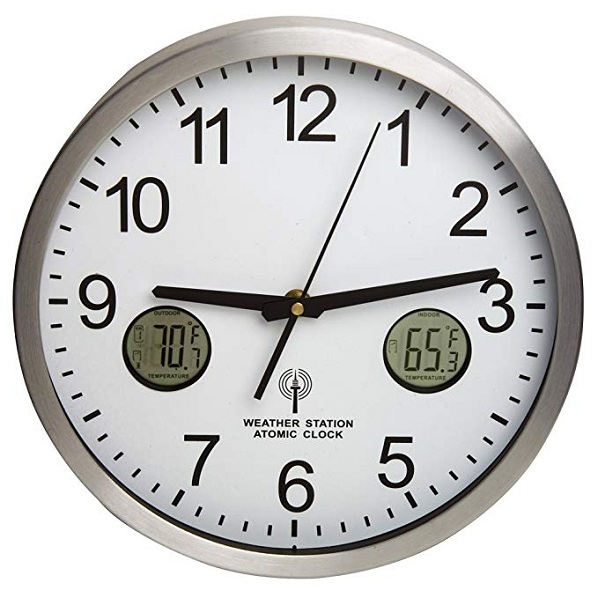

Applying CACs in space is of great interest, not only in constructing the next-generation TKS and GNSS, but also in permitting deep space surveys and conducting more accurate tests of fundamental physics 9, 10, 11, 12, 13.

Primary caesium fountain standards currently reach an uncertainty around 2 × 10 −16, and the improved accuracy and stability of optical clocks motivates a future redefinition of the SI second 7.Ĭurrently, the best performing space atomic clocks used in the GNSS are those at a frequency stability of a few parts in 10 15 per day 8. A variety of CACs have been demonstrated on the ground, notably atomic fountain clocks 2, 3, 4 and optical frequency standards based on neutral atoms in a lattice or trapped ions 5, 6. The width of the central Ramsey fringe for a cold atom clock (CAC) is almost two orders of magnitude narrower than that for their hot atom counterparts. The atoms are first cooled by lasers, and then interrogated by a microwave field typically with the Ramsey method. Laser cooling of atoms provides an approach to improve the performance of atomic clocks further 1, particularly in applications that require precision time-keeping over long time scales. Traditional atomic clocks which use hot atoms, however, have almost reached their limits especially in regard to long-term stability. Modern time keeping systems (TKS) on Earth and the global navigation satellite system (GNSS) rely heavily on atomic clocks.


 0 kommentar(er)
0 kommentar(er)
